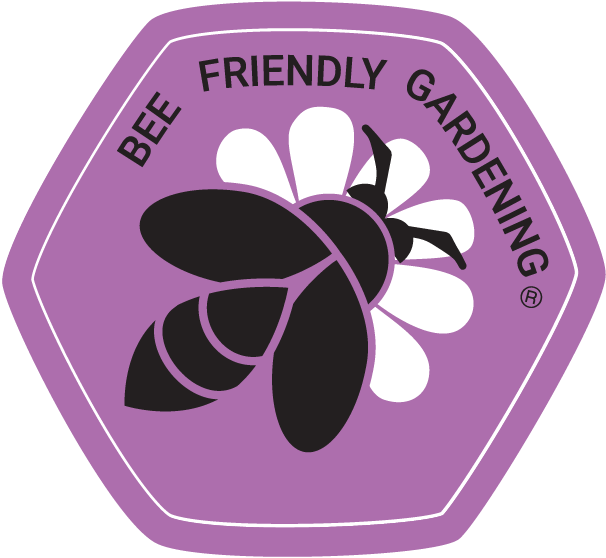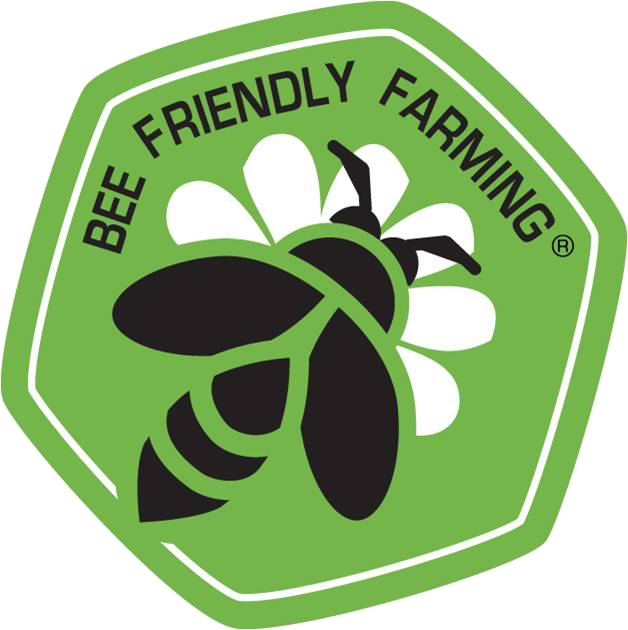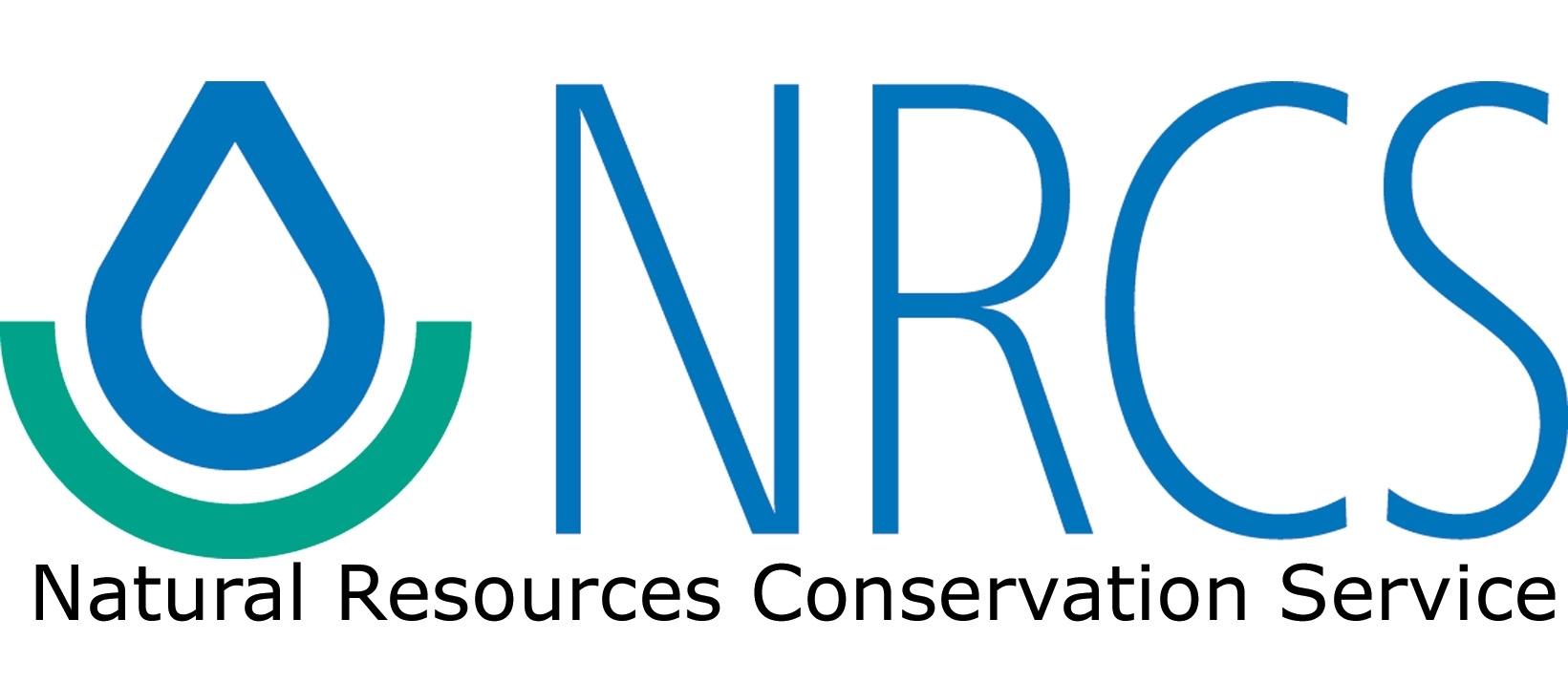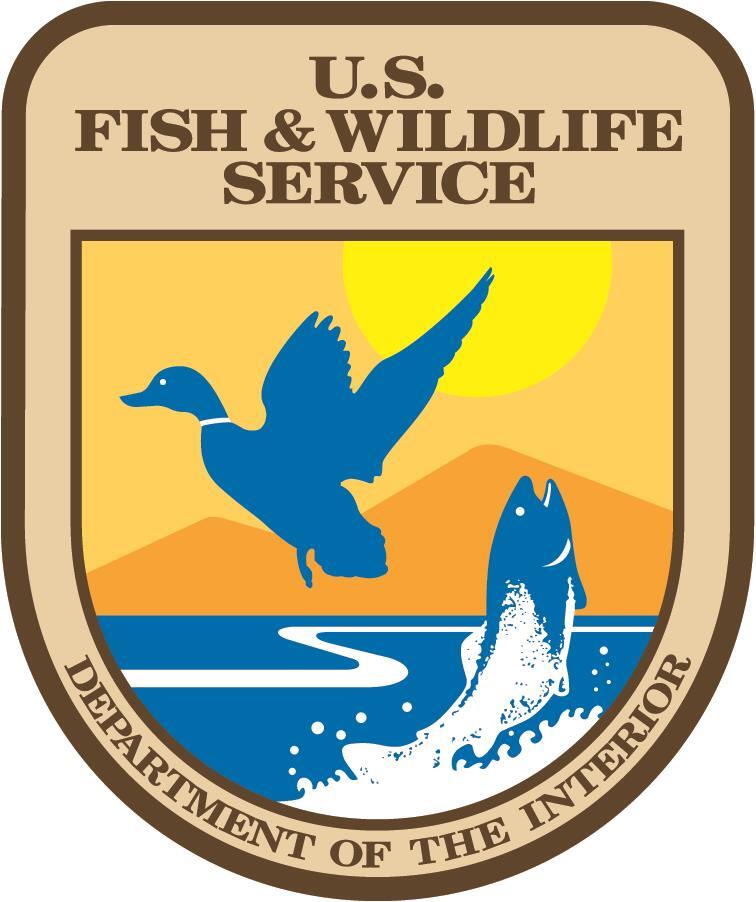Pollinators in Working Lands
Photo by Robert Susleand
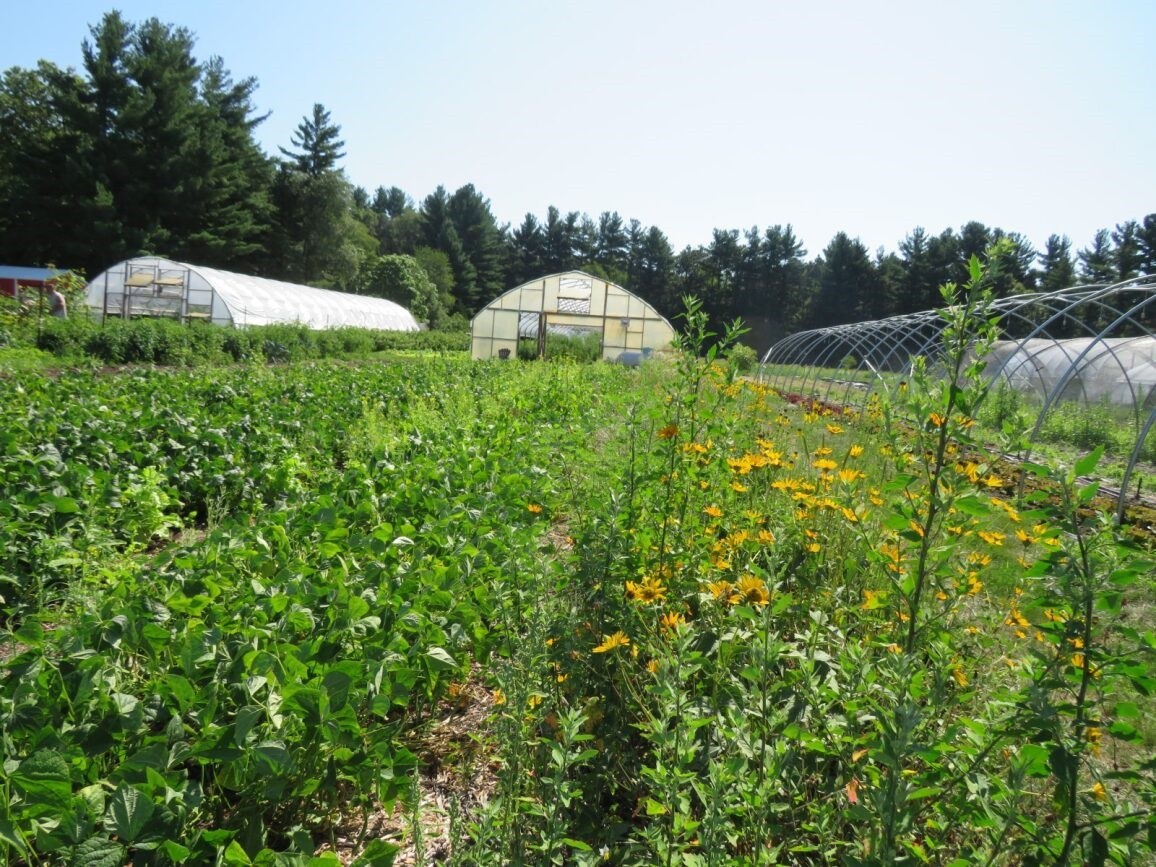
Pollinator habitat and healthy pollinator populations support and enhance natural resources vital for resilient landscapes and thriving agricultural communities. Pollinating insects are key to ensuring our diets are diverse and plentiful with fruits, nuts, and vegetables. There are approximately 4,000 species of wild bees in the United States that contribute to agricultural pollination in a variety of ways. Crops such as tomatoes, peppers, blueberries, and cranberries rely on bumble bees for “buzz pollination” while plants such as pumpkins, squash, and zucchini are visited by specialized squash bees that solely pollinate and live in and around squash plants. Almonds, non-citrus fruit trees, berries, and melons also rely heavily on pollination services and even self pollinating crops such as soybeans show an increase in yield when pollinators are present. According to the USDA, there are over 100 crops grown in the United States that depend on pollination and pollinating insects support an estimated $18-$27 billion in crop production annually. In addition to economic value, pollinators are also vital for supporting healthy ecosystems needed for clean air, stable soil, clean water, and a diversity of wildlife.
NRCS Conservation Practices
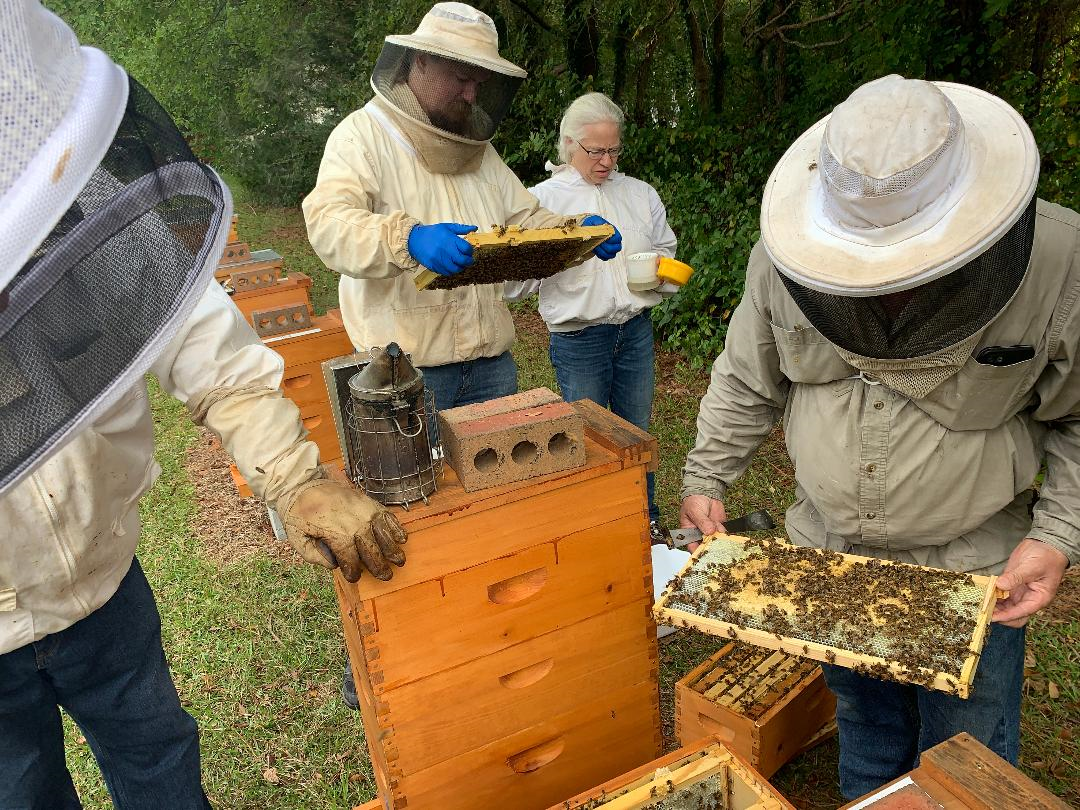
Studies have shown that native pollinator populations have fallen by up to 80% in the last 15 years. This decline is caused by a variety of factors including climate change, habitat loss, disease, and misuse of chemicals. Stopping and reversing this decline is the key to feeding our future and there are many ways you can help!
To improve and expand pollinator habitat on agricultural lands Pollinator Partnership (P2) has partnered with the USDA National Resource Conservation Service (NRCS) to provide technical assistance to producers in select regions across the U.S. interested in utilizing USDA funding to implement conservation practices on their land. Funding for conservation practices is available through Farm Bill Programs such as the Environmental Quality Incentives Program (EQIP), the Conservation Stewardship Program (CSP) , and the Conservation Reserve Program (CRP). These programs can be used to implement practices such as adding conservation buffers, adding a pollinator planting to unproductive areas, enhancing wetlands, and introducing ecological diversity on a variety of working lands.
P2 Partner Biologists
P2’s partner biologists are available to provide a large range of assistance such as:
Conducting site visits and walking your property with you to learn about the history of your land, your current agricultural operation, your future goals, and opportunities to improve habitat.
Creating conservation plans with soils information, habitat maps, seed mix recommendations, and pollinator/wildlife habitat management guidance.
Coordinating with you and your local NRCS office to ensure your application process goes smoothly.
Providing on the ground support and spot checks during the site preparation, seeding, and site management phases.
Providing troubleshooting assistance for any questions or concerns you have about installing and managing pollinator habitat on your property.
P2’s partner biologist is currently working in Ohio. If you are located in Ohio and are interested in learning more about implementing conservation services or receiving resources about how to aid pollinators on your land please visit our NRCS Regional Partner Biologist staff page to get in touch with your regional biologist.
